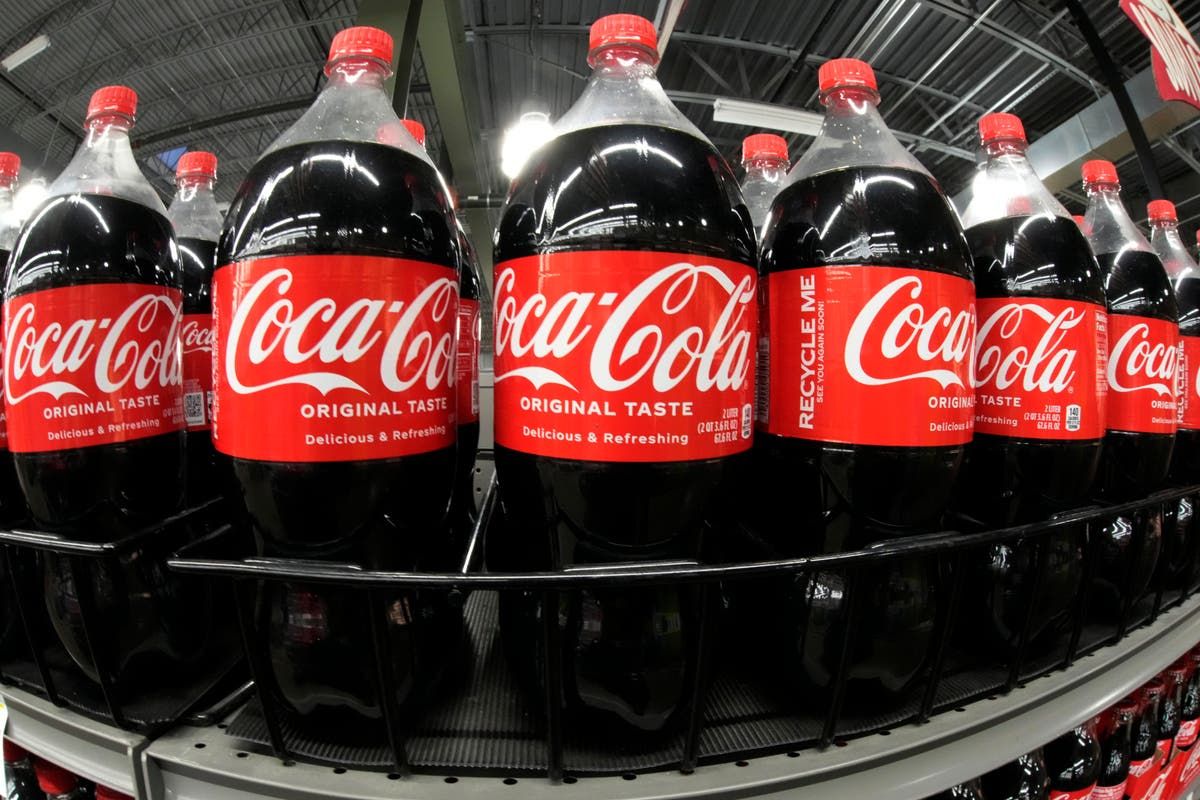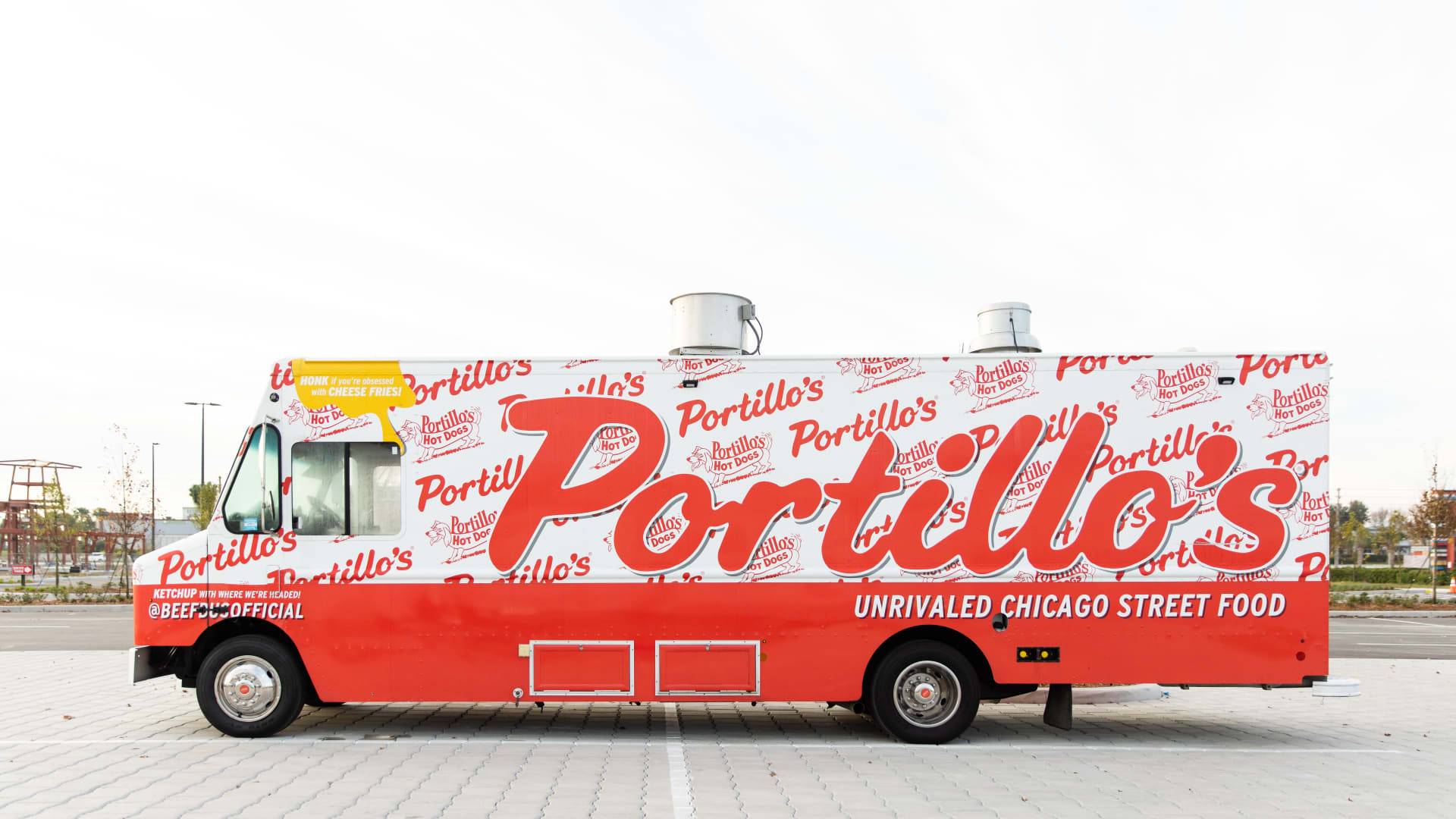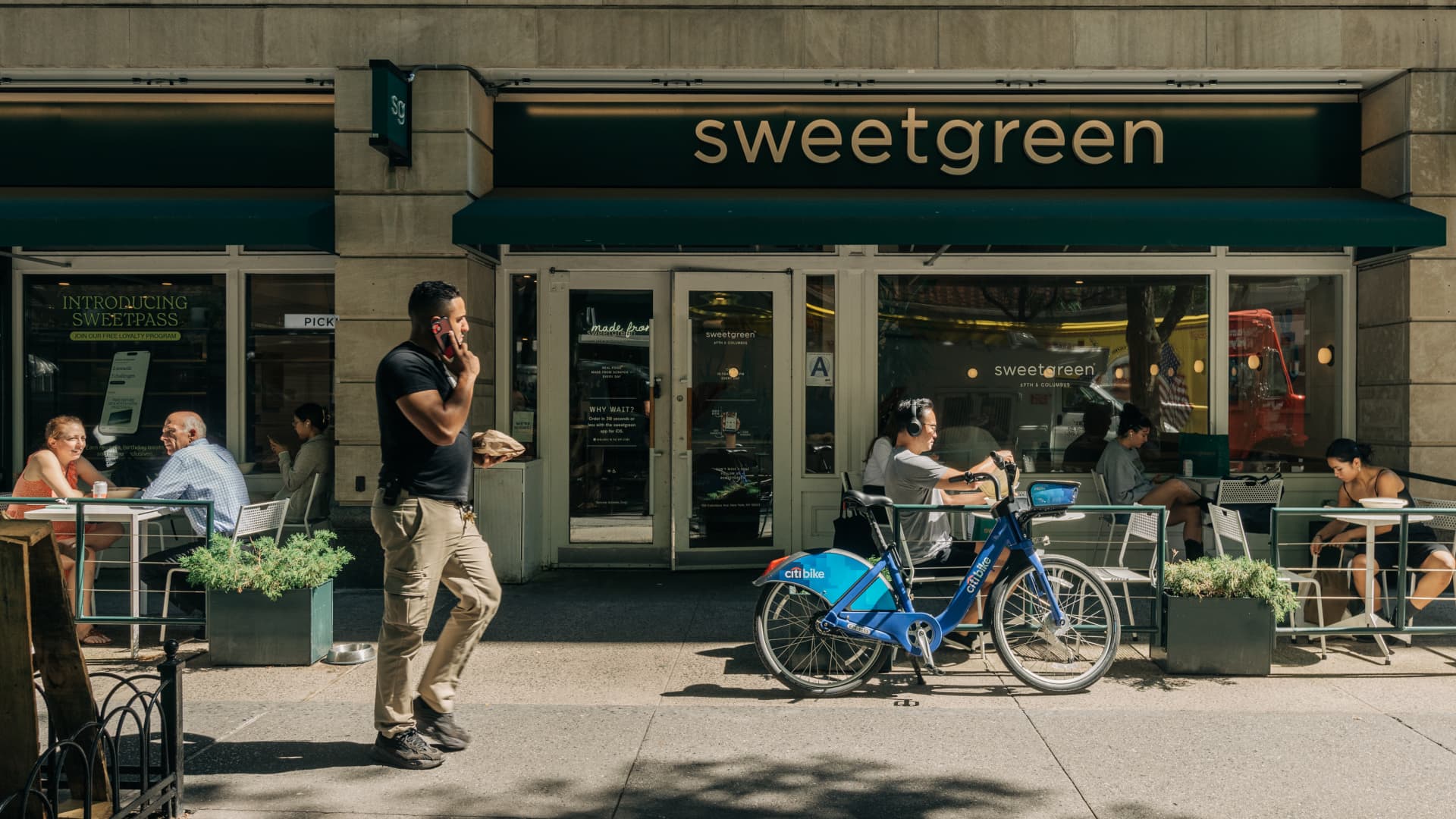How much choice is too much?
Apparently, for Coca-Cola there are about 400 different types of drinks.
That's why the beverage company recently decided to discontinue half of them, getting rid of brands like Tab, Zico coconut water, Diet Coke Fiesty Cherry and Odwalla juices, but still leaving about 200 more to choose from.
It's a move other companies are taking too, narrowing the range of offerings, from mayonnaise to cereal to cars, and focusing instead on what they think will sell best.
Coca-Cola tries to build an 'inclusive workplace'
(Getty Images)
Stew Leonard's, a supermarket chain that operates stores in Connecticut, New York and New Jersey, now has 24 flavors or types of cereal, up from 49 in 2019. Edgewell Personal Care Co., the maker of Schick jackets and suntan lotion Banana Boat has cut certain varieties of its Wet Ones antibacterial wipes, among others. And Dollar General, based in Goodlettsville, Tennessee, used to have six different types of mayonnaise on its shelves and is now looking to launch a couple of them.
“The consumer is not going to notice the difference,” Todd J. Vasos, CEO of Dollar General, told analysts in December. “It'll actually make your life a little easier when you go to the shelf.”
The clothing is displayed at a Kohl's store in Clifton, New Jersey.
(Copyright 2024 The Associated Press. All rights reserved.)
Just a year ago, the Kohl's store in Clifton, New Jersey, had tables stacked with sweaters and shirts in a rainbow of colors, as well as racks filled with a wide variety of styles. Now, it has a more edited approach: Tables have thin stacks of knit shirts that focus on fewer colors, and many racks of dresses have been reduced to just three or four styles.
Under its new CEO Tom Kingsbury, Kohl's has been cutting colors and variations of sweaters, jeans and other items, while sending its shoppers to the New York market more frequently to bring fresh, fashionable merchandise.
“We were going out and buying a lot of products, and they arrived 12 or 14 months later and didn't work very well,” Kingsbury told analysts on a call in November. “We're going to use the market to be able to react quickly to the business and get into trends.”
Some customers like the changes so far.
“It's pretty organized,” said Kimberly Ribeiro, 30, who was at the Kohl's store on a recent Friday. “If it's not so crowded, then you don't get overwhelmed.”
(Copyright 2024 The Associated Press. All rights reserved.)
Even in the automotive world, buyers are finding fewer and fewer options. Both General Motors and Ford have been touting how they are limiting the number of option combinations customers can have on their vehicles to reduce manufacturing and purchasing complexity.
This is the opposite of a few years ago, when there was an explosion of options, encouraged in part by online shopping that paid no attention to space limitations. But that didn't always lead to sales, so companies began trimming their selections a year or two before the pandemic.
During the pandemic, pruning only accelerated, with companies focusing on needs as they struggled with supply chain bottlenecks. But even after the pandemic, when products began to circulate freely again, many companies decided that less was better and justified the limited selection by claiming that shoppers don't want as many options. It is also more profitable for companies because they do not accumulate as many leftovers that must be discounted.
Overall, new items represented about 2% of products in stores in 2023 in categories such as beauty, footwear, technology and toys, up from 5% of items in 2019, says market research firm Circana.
Eric O'Toole, president of Edgewell's North American division, said the pandemic presented “a really valuable stimulus” to reevaluate the assortment.
“We avoid jumping on fads, as the supply chain and retail costs required to get them to shelves generally don't pay off in the end,” O'Toole said. “A tighter and more curated portfolio supports healthy earnings management.”
Many think they are also doing shoppers a favor, since studies show that fewer options, and not much variety, actually encourages shoppers to buy more.
An employee straightens displays at a Kohl's store in Clifton.
(Copyright 2024 The Associated Press. All rights reserved.)
In 2000, psychologists Sheena Lyengar and Mark Lepper published a study showing that a limited selection is better for the buyer. In their experiment, Lyengar and Lepper found that consumers were 10 times more likely to buy jams on display when the number of jams available was reduced from 24 to 6, although they were more likely to stop at the counter that offered the most options. Later studies have confirmed this phenomenon.
“Retailers are recognizing that they have to respect shoppers' time,” said Paco Underhill, whose company, Envirosell, studies consumer behavior.
Still, retailers can't just cut products willy-nilly, said David Berliner, who leads the business turnaround and restructuring practice at BDO.
“You want to make these cuts so they don't even notice, and you want the store to still look full,” Berliner said. “If you do it too much, you might scare some people.”
Berliner also believes that reducing variety may also hurt smaller brands that relied on retailers to offer different products and will send shoppers like Brian Friedman to other competitors.
The 49-year-old communications consultant from Little Falls, New Jersey, said his barbecue sauce of choice for years has been Open Pit. But Friedman noticed that in recent years, his local grocers weren't carrying it and he has since turned to Amazon to buy it. That means those local stores not only lost open-air sales to Friedman, but also all the other shopping he used to do while he bought his favorite barbecue sauce.
“I really don't love the idea of a retailer telling me what I should be interested in and what I shouldn't be interested in,” Friedman said. “I like the variety. “I like specific brands.”










